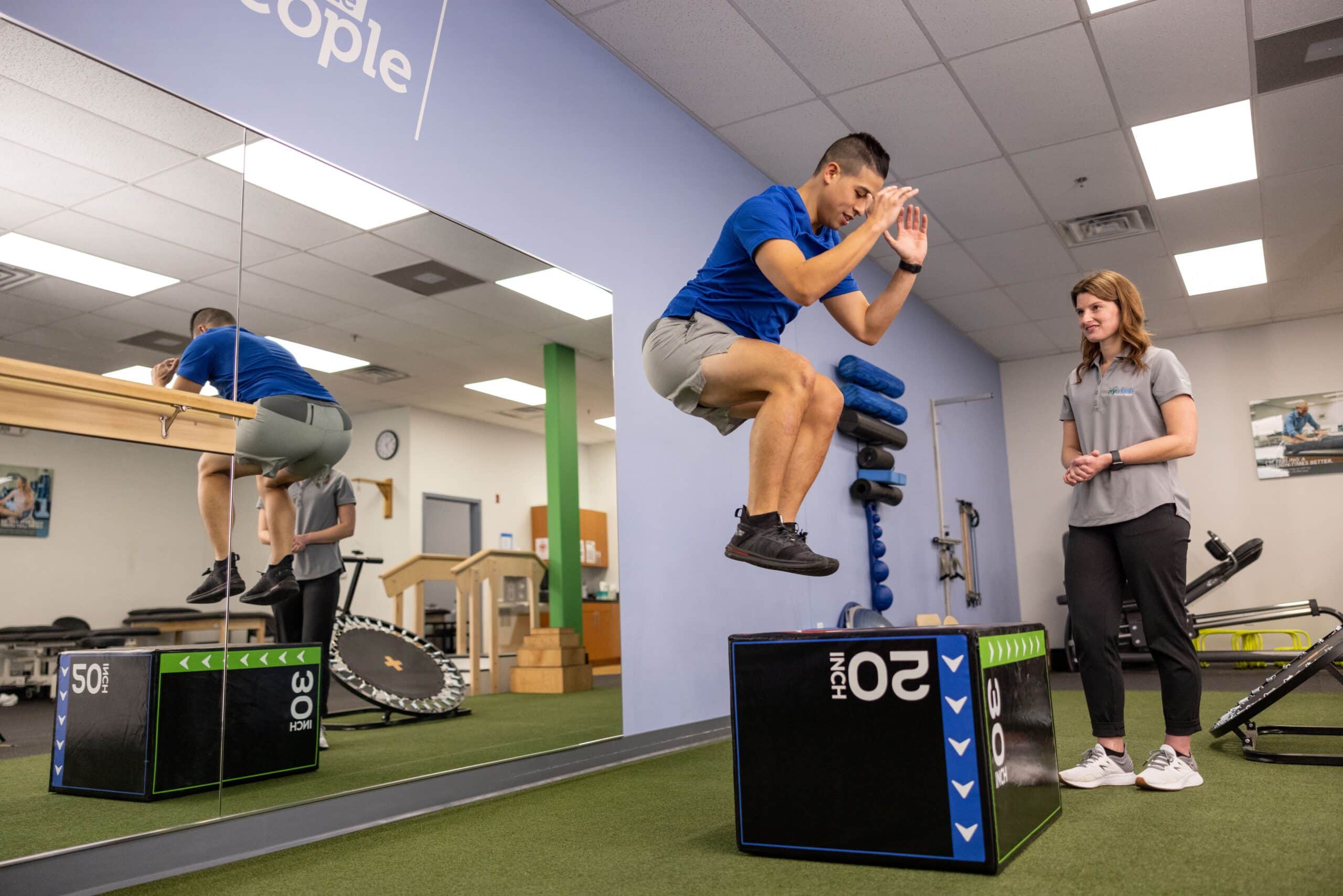Comprehending The Way Acute Injuries Alter Athletic Execution Dynamics
Wiki Article
Acute traumas are sudden injuries that can occur during athletic events or fitness activities. These traumas can greatly affect an athletic ability and overall wellbeing. Common examples of sudden traumas include sprains, breaks, and strains. They occur quickly and often result from accidents, such as falls, collisions, or improper actions. Comprehending how these injuries influence sports capabilities dynamics is crucial for sportspeople, trainers, and medical professionals who work with them.
When an athlete experiences an sudden trauma, the immediate effects can be quite severe. Discomfort and swelling are common symptoms that can restrict movement and function. For example, a basketball athlete who injures an ankle may find it painful to walk or jog. This constraint can lead to a decrease in performance, as athletes may struggle to compete at their usual capability. Additionally, the mental effects of an injury can also play a factor. Players might feel worried or apprehensive about returning to their sport, which can additionally influence their ability.
Rehabilitation from an acute trauma involves several stages, including recovery, rehabilitation, and gradual re-entry to performance. The first emphasis is often on controlling pain and inflammation. Health providers may recommend ice, compression, and lifting to help with recovery. Once the acute stage has ended, therapeutic activities become important. These activities help regain strength, flexibility, and range of motion. Athletes need to follow a structured rehabilitation plan to ensure they return to their sport safely and efficiently.
The lasting effects of acute traumas can differ. Some players may heal fully and come back to their former performance levels, while others may encounter ongoing challenges. Chronic pain or weakness can develop if an injury is not adequately managed. This circumstance can lead to a pattern of re-injury or compensatory traumas in other parts of the physique. It is essential for players to be calm during the healing stage and to collaborate closely with healthcare providers to address any lingering concerns.
In conclusion, acute traumas can dramatically change how athletes perform in their sports. The prompt physical and psychological effects can impede ability and self-assurance. Rehabilitation involves attentive handling and rehabilitation to guarantee that players can safely come back to their sports. Comprehending the dynamics of acute traumas can help all involved participating in athletics—from players to trainers to healthcare professionals—assist those Get the facts affected and encourage a safe re-entry to sporting ability.
